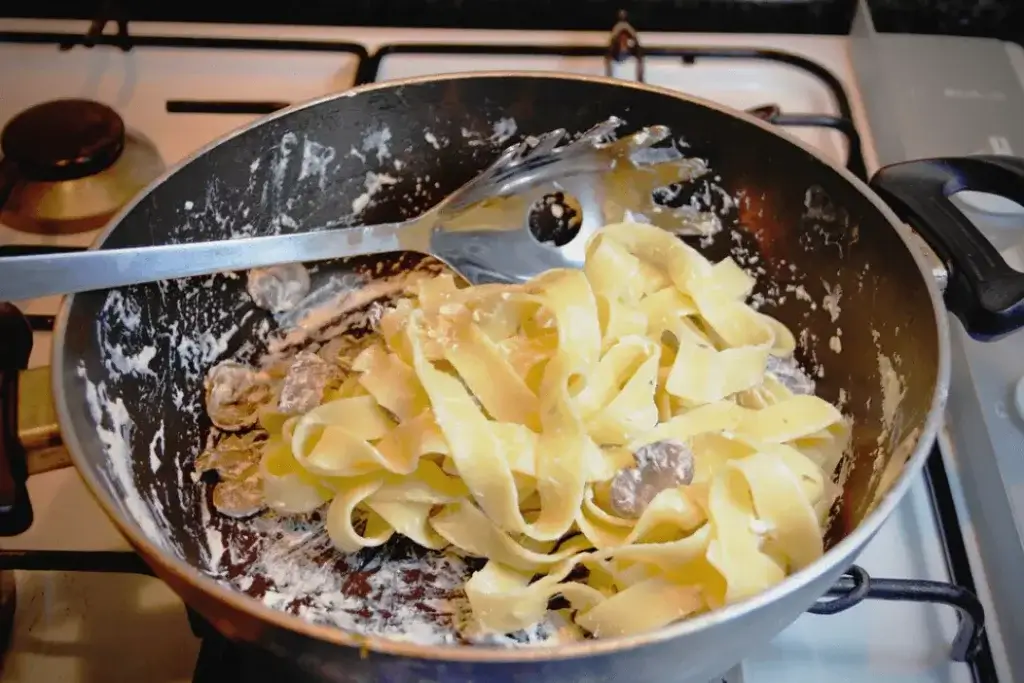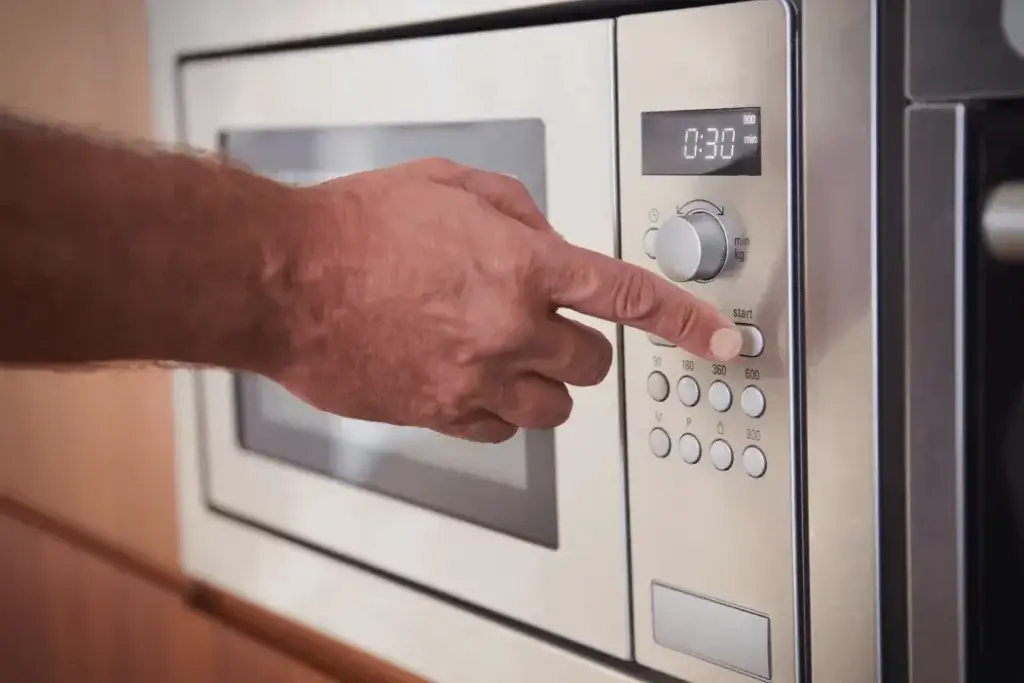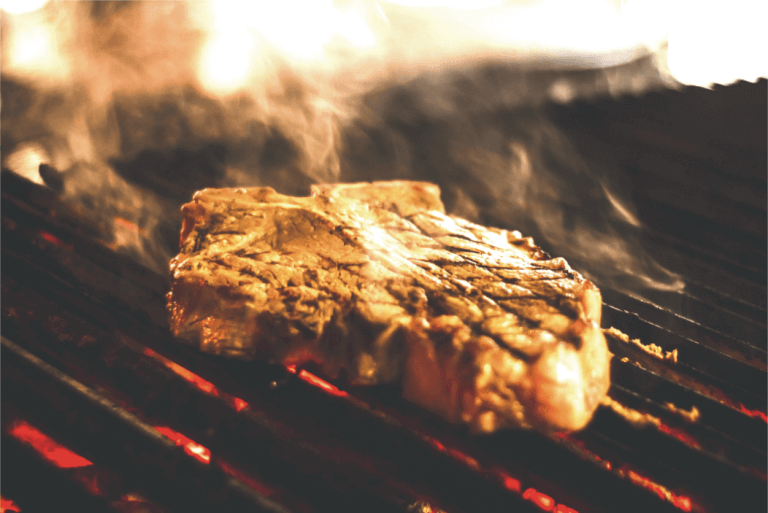Many foodies have a soft spot in their hearts for fettuccine Alfredo. Alfredo is a traditional Italian sauce created with Parmesan-Reggiano cheese and butter. It is known for its distinctively creamy flavor and subtle scent. When you try to heat this, the fat in the sauce will separate, and then everything will become a chaotic mess.
You will be wasting your time if you attempt to produce pasta 100% similar to when you initially made it. This is something that we feel obligated to point out to you straight away. It is impossible to ever reach the same level of perfection as that very first moment. However, you may acquire a result near what you want and salvages the leftovers just enough to eat them.
You decided to make a large quantity of fettuccine Alfredo, and as a result, you had more than enough for one supper on its own. No worries – we’ll walk you through the reheating process so you can enjoy this delicious dish several times. If you only follow these easy steps, you can make your leftovers taste just as good as they did when you initially made them!
Table of Contents
Method 1: Putting Reheat Fettuccine Alfredo Into the Oven to It

Reheating Fettuccine Alfredo in the oven is a decent option for those who choose to do so. The pasta will be cooked through unevenness, and the sauce will keep its consistency and not evaporate. Even though you may use this method to reheat frozen pasta, we strongly recommend you take the time to thaw it beforehand. It will heat up beautifully and more evenly if you do this, making it the superior option every time.
Step 1: Preheat the Oven to 375 Degrees Fahrenheit
To ensure that the oven is adequately heated, set the temperature to 375 degrees Fahrenheit before turning it on and allowing it to heat up completely. You have time at this point to start preparing the pasta.
Step 2: Pour Some Water Over the Fettuccine That Has Been Placed in a Baking Dish
It is recommended that you use a baking dish made of glass. To reintroduce moisture into the dish while warming it, add more Alfredo Fettuccine and a little water. You won’t need a lot of water; only a few drops to around a tablespoon, based on how much pasta you have in your dish.
The dish should be well-covered with aluminum foil to generate steam within the bowl. This steam will heat the pasta and restore the juiciness lost during cooking.
Step 3: Heat the Pasta for 20 minutes, broken into two 10-minute cycles
Heat the pasta for ten minutes in the oven after putting it there. After that, could you remove it from the heat and stir it? Because of this, the pasta will cook at a uniform rate throughout. Replace the aluminum foil lid, then put the dish back in the oven for another ten minutes.
Following this, the pasta ought to be ready to eat. But to be safe, give it a quick check, and if additional time is required, keep it in the oven until it reaches the desired temperature.
Method 2: Bringing Fettuccine Alfredo back up to temperature on the Stove

Although heating on the stove is very sluggish—and maybe a bit more time-consuming than cooking in the oven—it is a very efficient method for heating Alfredo sauce with pasta.
The sauce will be able to blend and have the desired smooth and creamy flavor if the cooking process is done slowly and there is no source of direct heat.
Step 1: Prepare the two Containers that you will need
You will need two containers because the pasta will be placed in one bowl, and that bowl will be placed in another heated container. Therefore, you will need one bowl for the spaghetti to go in. After that, please pour some water into a pot that’s a little bit larger than it.
The water level should be up to half the vessel’s maximum capacity. Be careful not to add any water to it by accident. Put everything in one bowl and put it on the burner.
Step 2: Heat everything while Stirring it Gently
When you place the pot on the burner, the water will begin to warm up first, and then it will begin to heat the inner dish in which the pasta is stored. Maintain the heat source in such so that the water maintains star it out, coming to a full boil to prevent it from splashing into the pasta while it is cooking; give it a little stir every so often.
You will see that the sauce will come together wonderfully and take on a unique and creamy appearance. Continue doing this until the pasta has reached the desired level of heat.
Method 3: Bringing the Fettuccine Alfredo Back to the Temperature in the Microwave

There is also the option of rewarming the spaghetti in the microwave if you are in a rush. We agree that both of the earlier ways are superior, but the fact remains that they both require a considerable amount of time.
Step 1: The Fettuccine in a Container and Cover it
Make sure you use a bowl that can be heated in the microwave. After adding fettuccine and a small amount of water, please give it a swirl. After that, cover the container with plastic wrap, but be sure to leave one or two holes in it so that the steam has somewhere to go.
Step: Reheat the Fettuccine at Intervals of one Minute
Place the fettuccine in the microwave and preheat it for one minute according to the instructions. Remove them, take off the top, and give everything a good stir. If you find that the sauce might benefit from a few additional drops of water to get the desired consistency, feel free to add them.
Refresh the plastic cover by making it more breathable by punching a few holes in it, then place it back in the microwave for an extra minute of heating time. Repeat this process until the temperature is at the level you want it to be. You will most likely require two or three rounds.
Method 4: Place the Dish in Hot Water to Reheat Fettuccine Alfredo

You can reheat your fettuccine Alfredo by placing it in hot water, which will produce excellent results. You will require a glass container and a large enough pot to properly accommodate your glass bowl.
You are going to put your fettuccine Alfredo in a bowl made of glass. You are going to add boiling water to the pot. The water must come approximately halfway up the edges of the bowl. Mix the fettuccine Alfredo with a light hand.
The method of low and steady heating provided by a hot bath helps recombine your Alfredo’s fatty components, which may have become separated throughout the cooking process.
There are three excellent options available for reheating your fettuccine, Alfredo. You have the option of using the oven, the cooktop, or taking a hot bath. The goal is to warm the fettuccine Alfredo over low heat while stirring it gently to recombine the individual components that make up the Alfredo sauce.
How to Store Your Fettuccine Alfredo?
If you store your fettuccine Alfredo correctly, you will give yourself the best possible chance of having a satisfying experience when you reheat it. We shall assume that the directions refer to fettuccine Alfredo, not fettuccine served with Alfredo sauce.
The first and most important guideline to follow when cooking food is to ensure that it is not left out at room temperature for more than two hours after being prepared. The optimal temperature for the majority of food-borne germs is room temperature.
The easiest method to keep your fettuccine Alfredo is to place it in shallow plastic airtight containers or in resealable freezer bags that are preferably made of high-duty material. It is not difficult to keep fettuccine Alfredo in the refrigerator for anywhere between three and five days.
You may also choose to freeze the Alfredo sauce served with fettuccine. It may be stored safely for approximately one to two months. Before reheating your frozen fettuccine Alfredo, it is recommended that you let it defrost in the refrigerator for a full day beforehand.
How Can One Determine whether Fettuccine Alfredo Is Unhealthy?
If you prepared the fettuccine alfredo correctly, neither the dish’s smell nor flavor should be offensive. If the sauce has developed an unusual hue (brown), indicating that anything went wrong during the cooking process, you may consider throwing it out.
If your fettuccine alfredo smells horrible before you even reheat it, this might result from incorrect storage in a heated location such as a hot kitchen. However, if the meal smells wrong after being cooked, you should not consume it.
You may also determine whether or not your fettuccine alfredo is spoiled by inspecting it for lumps or clumps of egg-like material that should not be present; in this case, it is recommended to dispose of the dish. If you are unclear as to whether or not your fettuccine alfredo is fit for human consumption, the phrase “when in doubt, throw it away” is a decent rule of thumb to follow.
Frequently Asked Questions:
How long may Alfredo pasta be stored in the refrigerator before it goes bad?
A true nerd would respond to this question in about three days. It could take maybe one extra day not to go bad, but that’s not an unreasonable amount of time. It is the solution to the question of when pasta might go bad, but if you want Alfredo pasta that is delicate and flavorful, we strongly recommend that you consume it within a day after making it. The longer it is allowed to sit, the more it will dry up, and it will be much more difficult to restore the sauce to its previous brilliance.
Is it possible to reheat the Fettuccine Alfredo?
This question has a straightforward answer: pasta is one of those foods that can be reheated the following day; fettuccine Alfredo is not an exception to this rule either. When it comes to heating Alfredo sauce properly, there are a few things you need to keep in mind, and the first of these things is that you must preserve the pasta appropriately.
Is it possible to leave Alfredo out all night?
You should not, under any circumstances, let the pasta with the Alfredo sauce sit out at room temperature for a whole day. This holds for every meal that utilizes the sauce in some capacity. It is in no way adequate to keep them warm in the situation. If you didn’t put the pasta in the refrigerator the night before, you should probably toss it away since it will go bad.
Bottom Line:
Reheating Fettuccine Alfredo is all things considered, a rather straightforward operation. If you take the time to follow these instructions and ensure that you have all of the necessary equipment and materials on hand, you will soon be able to enjoy this time-honored recipe. You now have many simple options at your disposal for rewarming your fettuccine, Alfredo. We hope you appreciate this mouthwatering dish as much as we do.







